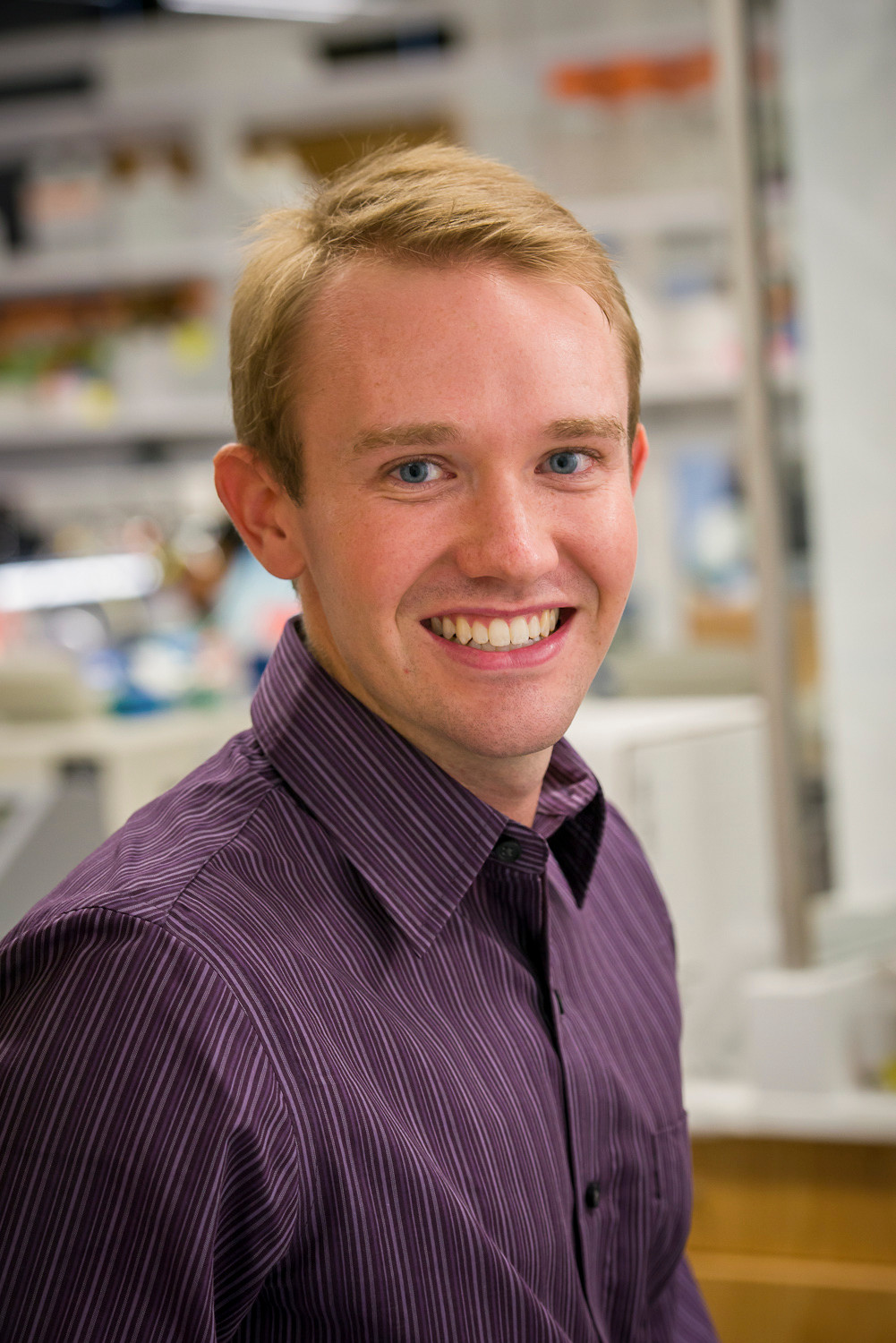UT Southwestern detects first reported B.1.617.2 (Indian) variant in North Texas
DALLAS – May 20, 2021 – UT Southwestern Medical Center scientists have identified the first two cases of the B.1.617.2 (Indian origin) variant of COVID-19 infection in North Texas using next-generation sequencing technologies along with targeted PCR testing.
UT Southwestern sequencing protocols show the U.K. variant (B.1.1.7) remains dominant in North Texas – found in about 70 percent of sampled individuals – followed by the Indian (B.1.617.2) and Brazil variants (P.1) found in 6 percent. The California (B.1.429) and New York (B.1.526) variants remain at about 3 percent of sampled individuals.
- B.1.1.7 (U.K.): n=24 (70%)
- B.1.617.2 (Indian): n=2 (6%)
- P.1 (Brazil): n=2 (6%)
- B.1.429 (California): n=1 (3%)
- B.1.526 (New York): n=1 (3%)
For all COVID-19-positive samples received in our clinical lab in the last few months, UT Southwestern has sequenced the virus in order to detect any known variants as well as potential novel new ones – currently about 120 samples per month. Although a relatively small sample, ongoing sequencing gives a better picture of how frequent the variants are, and the prevalence of emerging variants such as the Indian and Brazil variants. UT Southwestern reports the findings to Dallas County Health and Human Services (DCHHS).
The emergence of the Indian variant in North Texas is concerning because it is believed to be more transmissible than the original variant, but studies regarding more severe disease or mortality have not been performed. The Indian variant is not listed as a Variant of Concern by the Centers for Disease Control and Prevention, but is by the World Health Organization.
While the B.1.617.2 variant may be more transmissible, preliminary laboratory research demonstrates that current COVID-19 vaccines are effective and provide protection.
UT Southwestern’s variant analysis previously identified the emergence in North Texas of the Brazil variant, which is also more transmissible, is less susceptible to antibodies, and is listed as a Variant of Concern by the CDC and WHO.
Antibody treatments (convalescent plasma or monoclonal antibodies) and post-vaccine antibodies have a more difficult time binding to certain variants of SARS-CoV-2, the virus that causes COVID-19. This can render vaccines less effective, a factor known as vaccine escape, but vaccines continue to help reduce transmission as well as demands on health care resources.

“The identification of the B.1.617.2 variant again reinforces the importance of vaccination – which helps slow the transmission of all types of virus and protects against more severe disease,” says Jeffrey SoRelle, M.D., assistant instructor of pathology at UT Southwestern. “In particular, the vaccines appear to provide protection against more severe disease and death, emphasizing the importance of continued efforts to encourage vaccination.”
Because each variant has different rates of transmissibility, identifying the different variants appearing in North Texas is important for accurate modeling to predict prevalence, which in turn helps health care officials better prepare for surges, increased hospitalizations, and needed resources. Prevalence of variants can also influence treatment.
“An important part of forecasting is predicting how quickly the disease will spread, so knowing which variants are prevalent helps us make more accurate models,” says SoRelle, whose research is part of UT Southwestern’s Genomics and Molecular Pathology. Transmissibility rates of the variants range from 20 percent to more than 50 percent. Though more data is needed, the B.1.617.2 variant may be up to 50 percent more transmissible than the B.1.1.7 variant. For example, in the United Kingdom, although they have been exposed to all variants of concern, the B.1.617.2 variant is the only one to show increased prevalence against the B.1.1.7 strain. Transmissibility for the P.1 variant is currently not well documented, but may be up to two times more transmissible.
The sequencing was performed in the McDermott Center Next Generation Sequencing (NGS) Core with analysis performed by the McDermott Bioinformatics Lab, both under the supervision of Helen H. Hobbs, M.D., a Howard Hughes Medical Institute investigator and professor of internal medicine and molecular genetics, who directs the Eugene McDermott Center for Human Growth and Development at UT Southwestern. SoRelle is collaborating with Hobbs by providing all positive COVID-19 samples tested at UT Southwestern and corroborating results with a rapid, focused PCR-based test developed in the Once Upon a Time Human Genomics Center. The collaboration with the McDermott Center Next Generation Sequencing (NGS) Core at UT Southwestern, allows whole genome whole sequencing of SARS-CoV-2 virus in a state-of-the-art facility that performs NGS coupled with bioinformatic analysis. Whole genome sequencing is the best way to monitor for any new variants. Variant data will be integrated into forecasting models for epidemiologic predictions.
Hobbs holds the Philip O'Bryan Montgomery, Jr., M.D. Distinguished Chair in Developmental Biology, the Eugene McDermott Distinguished Chair for the Study of Human Growth and Development, and the 1995 Dallas Heart Ball Chair in Cardiology Research.
About UT Southwestern Medical Center
UT Southwestern, one of the premier academic medical centers in the nation, integrates pioneering biomedical research with exceptional clinical care and education. The institution’s faculty has received six Nobel Prizes, and includes 25 members of the National Academy of Sciences, 17 members of the National Academy of Medicine, and 13 Howard Hughes Medical Institute Investigators. The full-time faculty of more than 2,800 is responsible for groundbreaking medical advances and is committed to translating science-driven research quickly to new clinical treatments. UT Southwestern physicians provide care in about 80 specialties to more than 117,000 hospitalized patients, more than 360,000 emergency room cases, and oversee nearly 3 million outpatient visits a year.
